Introduction
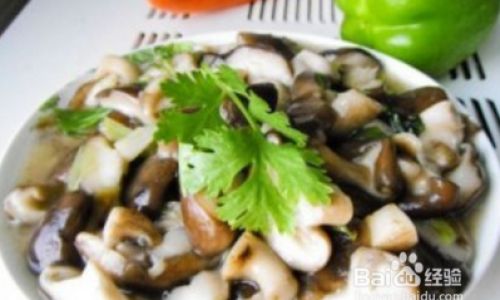
In the vast realm of culinary arts, there exist myriad techniques and traditions that have been handed down through generations. Among these, the preparation of mushrooms, particularly fresh shiitake mushrooms, often sparks debates among chefs, home cooks, and food enthusiasts. One such debate revolves around the necessity of blanching fresh shiitake mushrooms before stir-frying. Many believe that blanching is a crucial step to enhance texture, remove impurities, and even reduce cooking time. However, this belief is not without its detractors, who argue that fresh shiitake mushrooms retain their natural flavors and textures best when cooked directly without prior blanching. This article aims to delve into the intricacies of this culinary dilemma, exploring the pros and cons of blanching, the unique properties of fresh shiitake mushrooms, and the optimal cooking methods that highlight their natural beauty.
Understanding Fresh Shiitake Mushrooms
Before diving into the blanching debate, it is essential to understand the unique characteristics of fresh shiitake mushrooms. Shiitake mushrooms (Lentinus edodes) are native to East Asia and have been cultivated for centuries for their rich, earthy flavor and meaty texture. They are prized not only for their culinary versatility but also for their nutritional benefits, which include vitamins, minerals, and antioxidants. Fresh shiitake mushrooms are characterized by their dark brown caps, often adorned with white cracks or stripes, and their sturdy stems.
The caps of fresh shiitake mushrooms are firm and slightly rubbery, with a dense flesh that holds up well to cooking. The stems, while edible, can be quite tough and are often removed or discarded, especially in finer dishes. The flavor of shiitake mushrooms is robust, with a slightly smoky, umami-rich taste that complements a wide array of cuisines.
The Blanching Controversy
Blanching is a cooking technique where food, typically vegetables, is briefly submerged in boiling water or steam and then rapidly cooled, usually in ice water. This process serves several purposes: it can soften vegetables, brighten their color, remove excess surface moisture, and inactivate enzymes that could cause spoilage. However, when it comes to fresh shiitake mushrooms, the necessity of blanching is hotly contested.
Proponents of blanching argue that it helps to soften the mushrooms, making them more tender and easier to cook through evenly. They also claim that blanching removes any dirt or impurities that might be present on the surface of the mushrooms. Additionally, some chefs believe that blanching helps to retain the mushrooms’ vibrant color and prevents them from becoming overly soggy during stir-frying.
On the other hand, detractors of blanching argue that it strips away the natural flavors and textures of fresh shiitake mushrooms. They contend that blanching not only removes excess moisture but also valuable flavor compounds, resulting in a duller, less interesting dish. Furthermore, they argue that with proper cooking techniques, fresh shiitake mushrooms can be cooked to perfection without the need for prior blanching.
The Science Behind Cooking Mushrooms
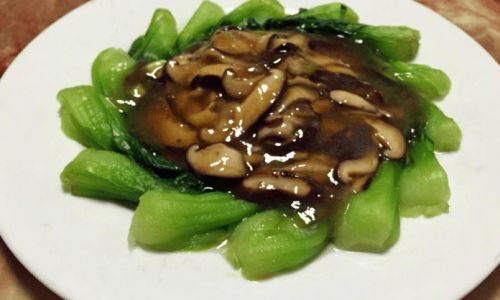
To understand the impact of blanching on fresh shiitake mushrooms, it is helpful to examine the science behind cooking mushrooms in general. Mushrooms are composed of a complex network of polysaccharides, proteins, and other biochemical compounds that contribute to their texture and flavor. When mushrooms are heated, these compounds undergo various changes, including denaturation of proteins and breakdown of polysaccharides.
Blanching accelerates some of these changes, particularly the softening of the mushroom’s cell walls due to the breakdown of polysaccharides. While this can make the mushrooms more tender, it also alters their flavor profile by releasing and washing away some of the volatile compounds that contribute to their unique aroma and taste.
On the other hand, cooking fresh shiitake mushrooms directly without blanching allows for a more gradual release of these flavor compounds. The heat of stir-frying caramelizes the natural sugars on the surface of the mushrooms, creating a delicious, savory crust. At the same time, the interior of the mushrooms cooks slowly, retaining their juicy, meaty texture.
Texture and Flavor Preservation
One of the primary concerns when cooking mushrooms is preserving their texture and flavor. Fresh shiitake mushrooms have a firm, meaty texture that is prized in many dishes. Blanching can soften this texture, making the mushrooms more tender but also potentially less satisfying to eat.
Moreover, the flavor of fresh shiitake mushrooms is robust and complex, with notes of earthiness, umami, and sweetness. Blanching can wash away some of these flavor compounds, resulting in a milder, less interesting dish. By contrast, cooking the mushrooms directly in a hot wok or skillet with a small amount of oil allows for the flavors to develop and concentrate, creating a more satisfying eating experience.
Cooking Techniques for Fresh Shiitake Mushrooms
Now that we have explored the pros and cons of blanching, let’s examine some optimal cooking techniques for fresh shiitake mushrooms.
-
Cleaning and Preparation:
Before cooking, fresh shiitake mushrooms should be thoroughly cleaned to remove any dirt or debris. This can be done by gently wiping the caps with a damp cloth or brushing them with a soft brush. The stems can be trimmed or removed depending on the recipe and personal preference.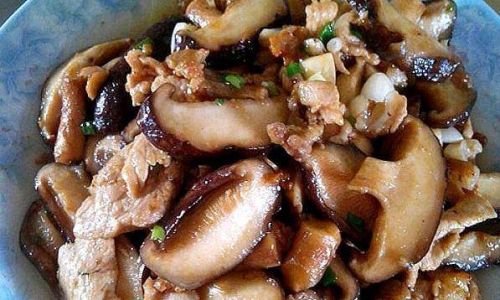
-
Slicing and Dicing:
For stir-fries, fresh shiitake mushrooms can be sliced into thin strips or diced into small pieces. This allows for even cooking and better absorption of flavors. -
Stir-Frying:
Preheat a wok or skillet over high heat and add a small amount of oil. When the oil is hot, add the mushrooms in a single layer, spreading them out evenly. Stir-fry for about 3-5 minutes, stirring occasionally, until the mushrooms are golden brown and tender. This method allows for the natural sugars on the surface of the mushrooms to caramelize, creating a delicious crust. -
Seasoning:
Once the mushrooms are cooked, they can be seasoned with salt, pepper, and other spices or sauces to taste. Fresh shiitake mushrooms pair well with soy sauce, garlic, ginger, and sesame oil, creating a dish that is both savory and aromatic. -
Combining with Other Ingredients:
Fresh shiitake mushrooms can be stir-fried with a variety of vegetables, meats, and tofu to create a balanced and nutritious dish. Their robust flavor and meaty texture make them an excellent addition to stir-fries, stir-fried rice, and other Asian-inspired dishes.
Conclusion
In conclusion, the debate over whether to blanch fresh shiitake mushrooms before stir-frying is a complex one, with valid arguments on both sides. However, upon examining the unique properties of fresh shiitake mushrooms and the science behind cooking them, it becomes clear that blanching is not a necessary step. By cooking fresh shiitake mushrooms directly in a hot wok or skillet with a small amount of oil, home cooks can preserve their natural flavors and textures, creating a dish that is both delicious and satisfying.
Ultimately, the decision to blanch or not to blanch fresh shiitake mushrooms should be based on personal preference and the specific recipe being prepared. Some dishes may benefit from the softened texture and brighter color that blanching provides, while others may shine with the robust flavors and meaty texture of unblanched mushrooms. As with all cooking, experimentation and personal taste are key to finding the perfect method for preparing fresh shiitake mushrooms.
In the end, the beauty of cooking lies in its versatility and creativity. Whether you choose to blanch your fresh shiitake mushrooms or cook them directly, the most important thing is to enjoy the process and savor the delicious results. Happy cooking!
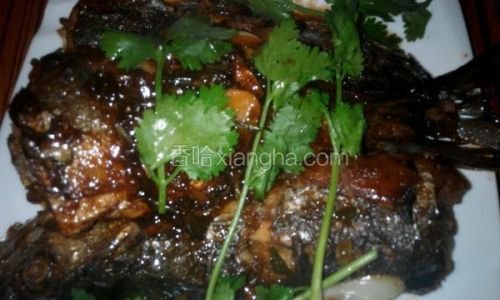
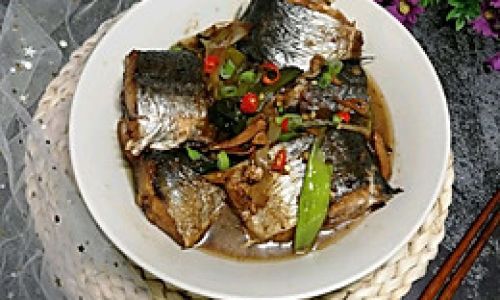
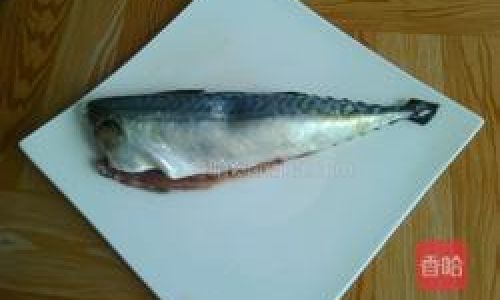
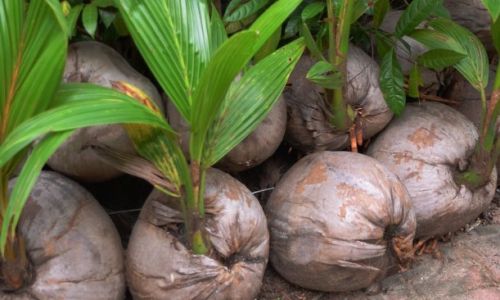
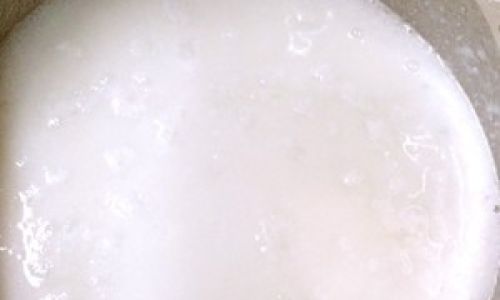
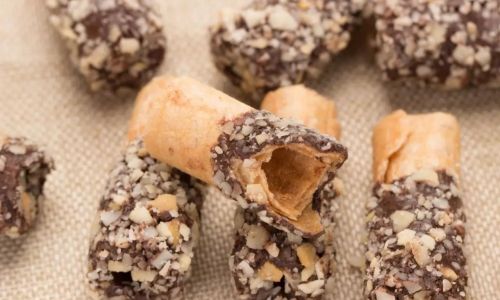
0 comments